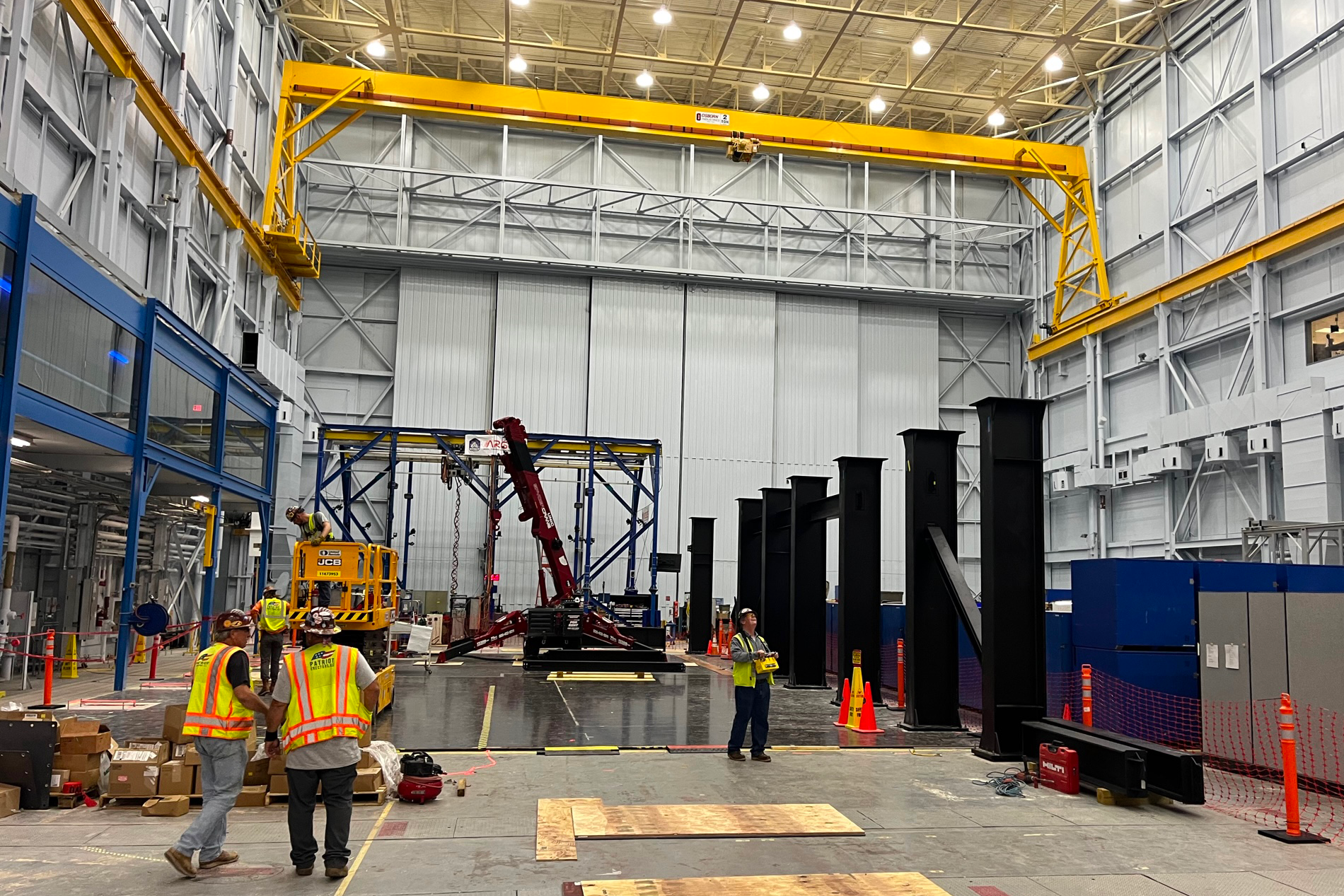Aerospace Fabrication

Service Overview
Aerospace fabrication is the manufacturing of components, parts, and structures for use in the aerospace industry, including aircraft, spacecraft, satellites, and related systems. Aerospace fabrication demands high precision, quality, and reliability due to the demanding operating environments and safety-critical nature of aerospace applications.
Aerospace fabrication requires highly specialized knowledge, skills, and equipment to produce components that meet the demanding requirements of the aerospace industry. Collaboration between engineers, designers, machinists, fabricators, quality control specialists, and other experts is essential to ensure the successful fabrication of aerospace components and structures.
Aerospace Fabrication Process overview
The fabrication process begins with the engineering phase, where aerospace engineers create detailed drawings and specifications for the components or structures based on the requirements of the aerospace system. This phase may involve computer-aided design (CAD) software, finite element analysis (FEA), and other advanced engineering tools to optimize the design for performance, weight, and manufacturability.
Once the engineering is finalized, appropriate materials are selected based on factors such as strength-to-weight ratio, temperature resistance, corrosion resistance, and fatigue properties. Common materials used in aerospace fabrication include aluminum alloys, titanium alloys, high-strength steels, composites (such as carbon fiber reinforced polymers), and advanced materials like ceramics and superalloys.
Aerospace components are fabricated using various manufacturing processes, depending on the materials and the complexity of the parts. These processes may include:
- Machining: CNC machining, turning, milling, and grinding are used to shape metal components with precision.
- Sheet Metal Fabrication: Cutting, bending, and forming sheet metal to produce complex shapes and structures.
- Forging: Heating and shaping metal using high-pressure forging presses to produce strong, durable components.
- Additive Manufacturing: 3D printing or additive manufacturing techniques are used to build complex geometries layer by layer, often for rapid prototyping or producing intricate parts.
- Composite Fabrication: Layup, curing, and molding processes are used to fabricate composite materials, which offer high strength-to-weight ratios and are widely used in aerospace applications.
- Welding and Joining: Various welding techniques, such as TIG welding, laser welding, and friction stir welding, are used to join metal components together.
Throughout the fabrication process, rigorous quality control measures are implemented to ensure that the components meet strict aerospace standards and regulatory requirements. This may involve dimensional inspection, non-destructive testing (NDT) methods such as X-ray inspection, ultrasonic testing, dye penetrant testing, and visual inspection to detect any defects or imperfections.
Once the individual components are fabricated and inspected, they are assembled into larger assemblies or structures using precision assembly techniques. This may involve fastening components together using bolts, rivets, adhesives, or other joining methods, as well as integrating electrical wiring, sensors, actuators, and other subsystems.
The assembled aerospace components or structures undergo extensive testing to validate their performance, functionality, and safety. This may include static and dynamic load testing, vibration testing, thermal testing, and environmental testing to simulate the conditions they will experience during operation. Once testing is successfully completed, the components are certified for use in aerospace applications.
